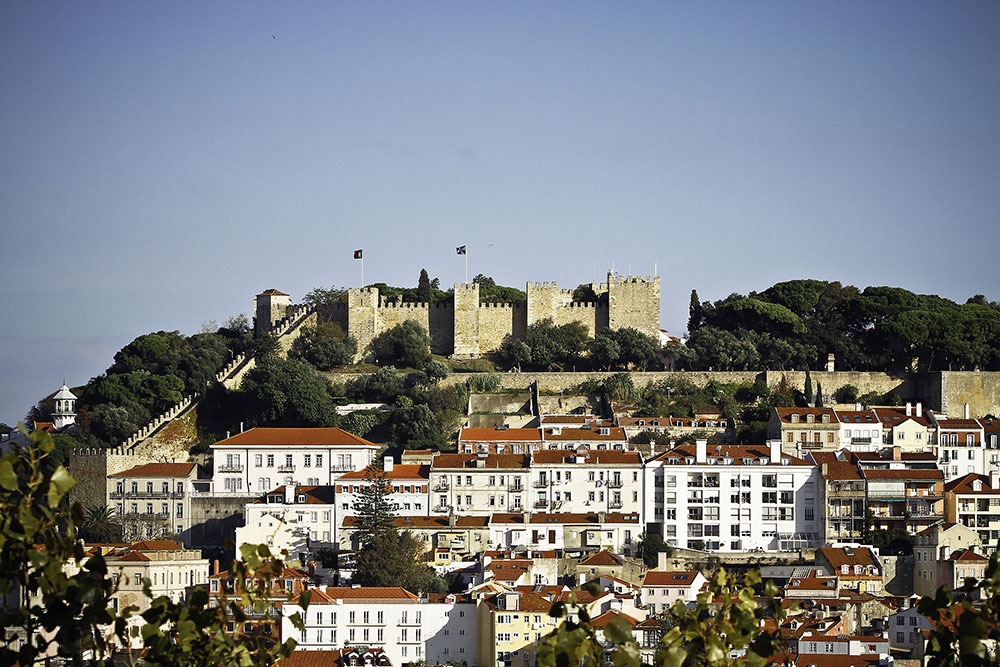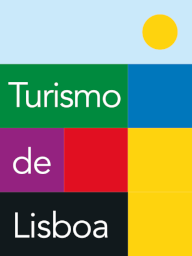There are many ways to get to Lisbon and all of them are easy to use. With the airport just a few minutes from the centre of the city, stations with international rail links and various ports for cruise ships, there are many options for getting to the capital of Portugal. If you prefer to come by car, there are excellent roads from various points north and south along the border with Spain.

Land at the Lisbon international airport which is only 7 km from the city centre. Served by the main international airlines and just 3 hours away from the main European capitals, it is very easy to reach.
It is just as easy to reach the centre of the city. National and International trains arrive every day at Santa Apolónia station, which is very close to all the traditional neighbourhoods and Terreiro do Paço. But if you would like to add a unique architectural experience to your arrival, get off at Gare do Oriente, whose Calatrava-designed lines impress even those who see it every day.
Those arriving by sea have one of the best views of Lisbon – from the river – and can moor in 3 different places, all near the centre. If you come by cruise ship, you can dock at Alcântara, Rocha Conde de Óbidos or Santa Apolónia. If you arrive by yacht, there are several marinas as you sail up the river.
The best ways to enter Lisbon are via the A1 and A2, which both have national and international connections along their course. The landscape is beautiful and mobility around the region compensates the long hours of driving. After all, there is more to Lisbon than just city.

Portugal’s official language is Portuguese. Derived from Latin roots, Portuguese is the third most spoken European language in the world, with around 250 million speakers.
230 / 400 volts, on a 50-hertz frequency. The electric sockets adhere to European standards. Blade plugs (US standard) must be used in conjunction with a 230 volts transformer, as well as an adaptor.
The euro is Portugal’s official currency, having been introduced in January 2002. In Portugal, payments can be made in cash, bank transfer, checks, credit cards and debit cards.
Lying on the banks of the Tagus, Lisbon extends over a hilly area overlooking the Atlantic Ocean which, with its currents, influences its Mediterranean climate. In Lisbon, summers are hot, dry, and mostly clear, and winters are cold, humid, windy, and partly cloudy. Over the course of the year, temperatures typically range from 8° to 28°C (47° to 83°F) and are rarely below 4°C (40°F) or above 34°C (94°F). The best time to visit the Portuguese capital is certainly from May to September, when average temperatures are around 20° C (68° F) with peaks of 30° C (86° F) in the months of July and August. Furthermore, the proximity of the sea and the presence of the river almost always guarantee a light breeze which makes the evenings fresh and never hot and oppressive.
The climate in August-September is so pleasant that it is possible that some conference attendees decide to spend a short holiday in Portugal before or after the conference. Apart from beautiful cities to visit such as Lisbon, Porto, Coimbra, Aveiro (which due to its network of canals is called the Venice of Portugal) and others, recall that Portugal has a coastline of over 800 km full of some of the seaside resorts most beautiful in Europe: very long beaches with sand as far as the eye can see or small coves set among the rocks, deserted or lively. The charming remote villages dotted along the coast, the friendly people and the low prices make this country the ideal place for every holidaymaker. There is a beach for everyone, and Portugal is one of the best surfing destinations on the planet.
https://www.visitlisboa.com/en/p/useful-information

Photo © Turismo de Lisboa
Administration and Management
Mrs. Manuela Trinchero
SELENE Srl – Eventi e Congressi
Via Medici 23 – 10143 Torino, Italy
Ph +39 011 7499601
E-mail: [email protected]
For info about paper submission
and technical program please write to
Prof. Guido Lombardi
Politecnico di Torino
E-mail: [email protected]
